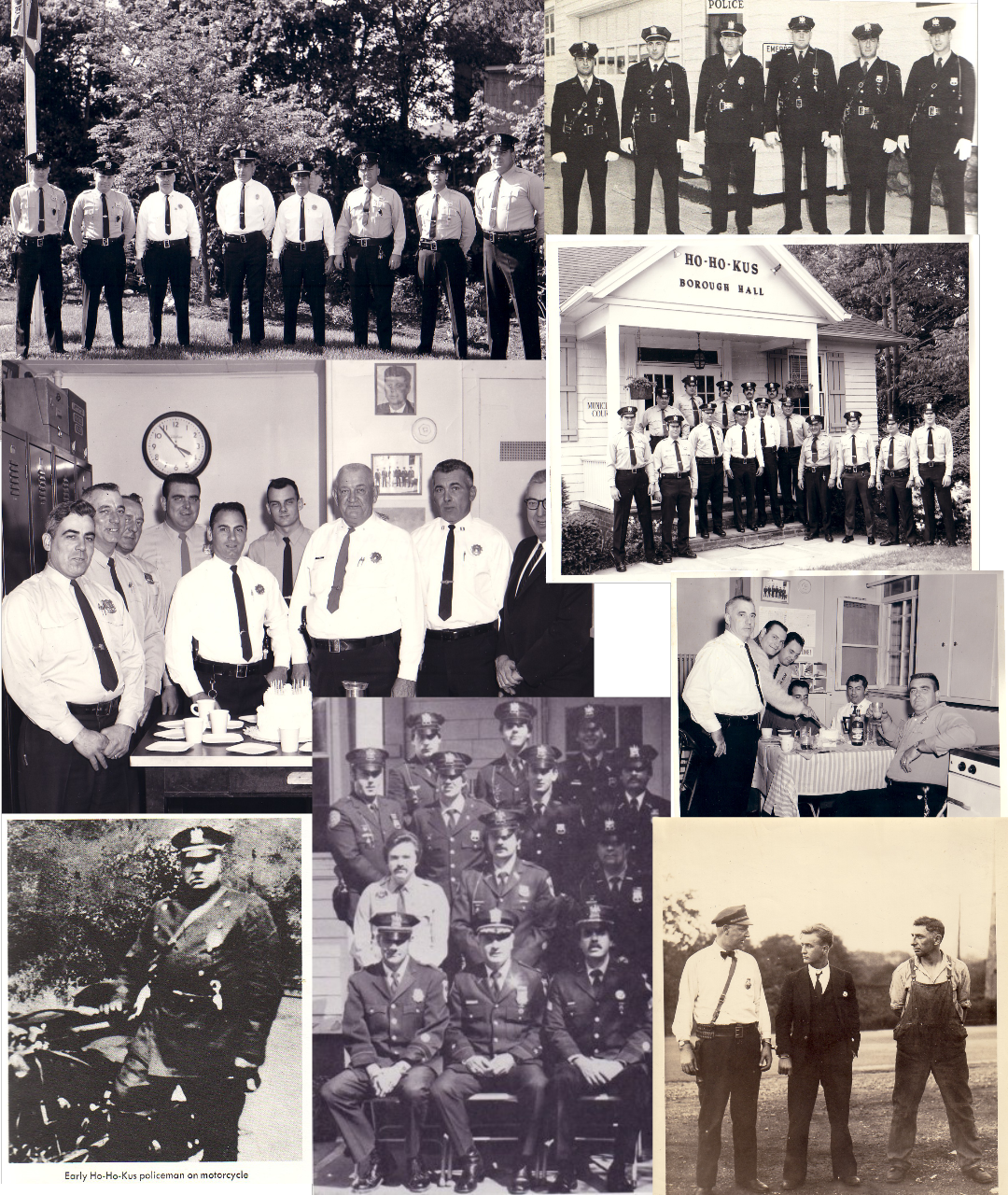
The origin of the Ho-Ho-Kus Police Department dates back to 1905, when a part-time Marshal was hired to provide services when required. After the Borough was incorporated in 1908, a full-time officer was needed. A formal Police Department was organized in 1920 with its location being in the first schoolhouse on East Franklin Turnpike. The growing Police Department moved to its new facility in the Borough Hall on Sycamore Avenue and Warren Avenue in 1983. The Ho-Ho-Kus Police Department included sixteen full-time Officers; Chief, Captain, five Sergeants and nine Patrol Officers. Additionally, there were four full-time civilian dispatchers, few part time dispatchers and seven crossing guards. There were eight radio patrol cars— five marked and three unmarked. Two bicycles were available for police patrols in the Business District, at the public school and at special events.



